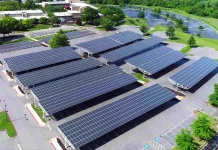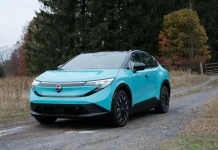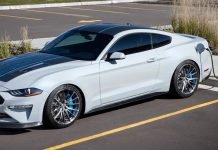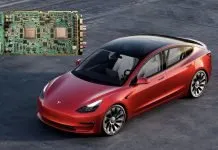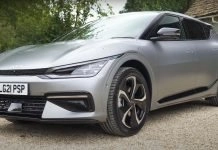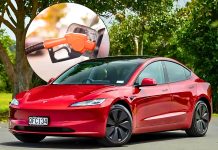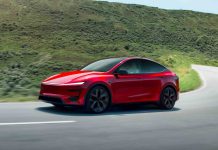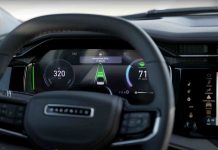South Korea has formally unveiled one of the most ambitious renewable energy projects in the world – turning large parking lots into solar energy farms. The solar canopy or carport will be mandatory on all public and private parking lots that have over 80 spaces, which is around (80 spaces × 12.5 m² = 1,000 m²). This is an unusual law in the sense that it is not only restricted to new developments, but rather is retroactive, that is, the old parking lots have to conform to it, as well.
The project is based on the change in the Enforcement Decree of the Act on the Promotion of the Development, Use, and Diffusion of New and Renewable Energy, which is provided by the Ministry of Trade, Industry, and Energy (MOTIE) of South Korea. The amendment signifies a significant step in hastening the change of the country to sustainable energies and, at the same time, aims at urban structure, jobs, and climate stability.
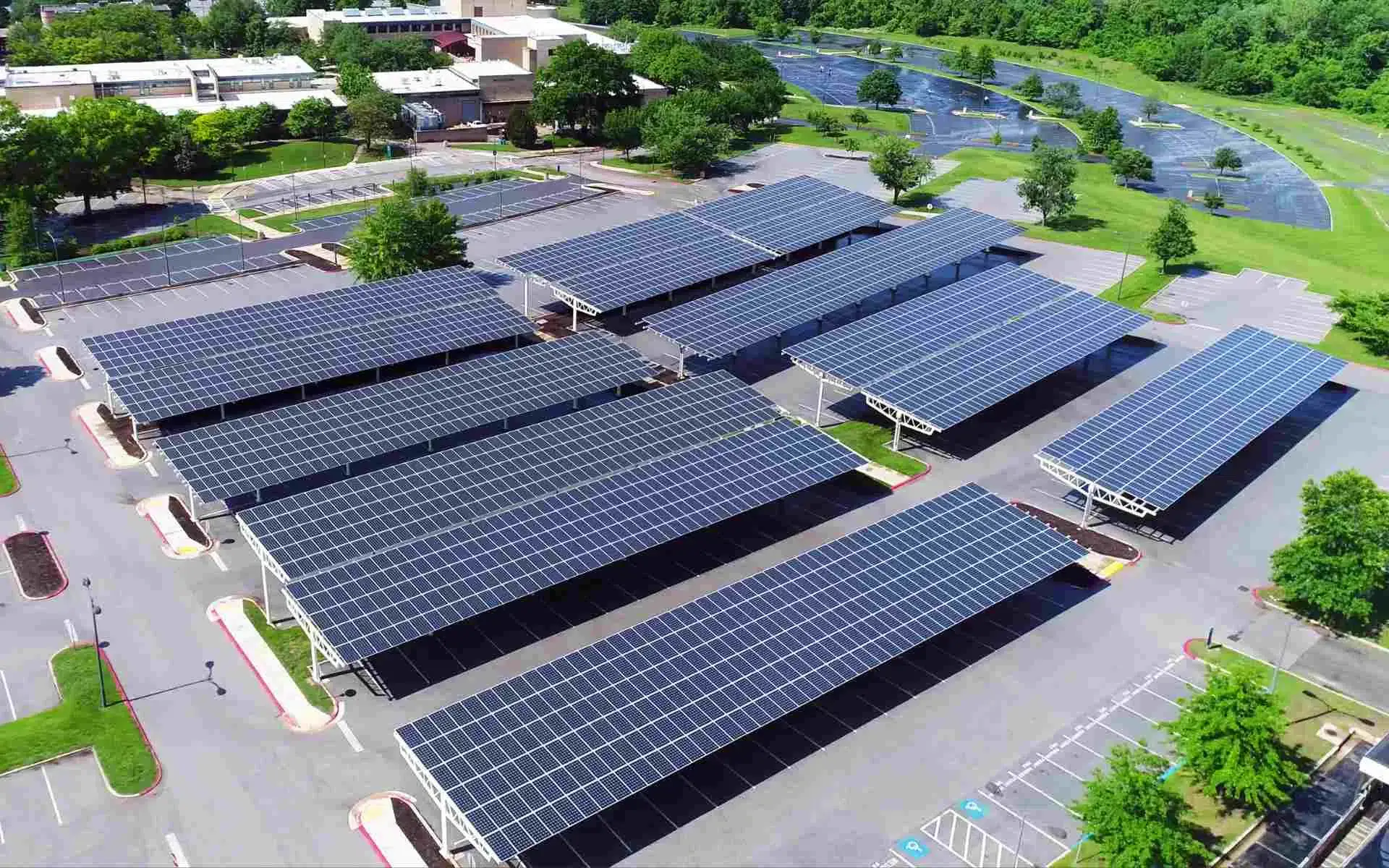
A National Transition Towards Solar
The government of South Korea has intentions to increase the presence of renewable energy in the country, utilizing the unused or underutilized land, i.e., the parking lots that are lying vacant. Large-scale solar farms can hardly be put in the countryside, and rooftops are not sufficient to satisfy their renewable requirements. However, there is a huge opportunity at parking lots that is largely untapped.
With this obligatory installation, one of the officials of MOTIE explained that we will be able to spread the eco-friendly renewable energy generation plants and give the people concrete returns. We can use the idle land, like a parking lot, in order to maximize the use of land.
The new rule was passed at the end of September and is in effect. The installation projects will start immediately, and both the public and the private operators will have to submit the compliance plans.
More Than Energy: Daily Savings to Drivers
Although the law is largely concerned with energy generation, the people will see its positive side in their day-to-day lives. The shade will be offered by a solar canopy, which will shield cars against heavy monsoon rains, snow, and extreme heat in the summers of South Korea. This implies low-temperature interiors, more durable upholstery, and increased comfort for the drivers in general.
The benefits are even greater when it comes to owners of electric vehicles (EVs). Vehicles that are parked in cooler places will necessitate less air conditioning, which will save the range of EV batteries. Most of these new solar carports will likely provide EV charging infrastructure as a system directly built into a carport, where a car can recharge during parking.
To the point, this policy not only combats climate change, but it also makes urban everyday life cleaner, more comfortable, and efficient.
Could the U.S. Follow Suit?
The South Korean model has already brought debates in other countries, and especially in the United States. Several pilot programs in the U.S., including the 657-kilowatt solar carport system in Arizona in the Northwest Fire District, demonstrate that such projects can be successful. Only that system generates more than 1.23 million kilowatt-hours of clean power each year, which is equivalent to 185,000 vehicles in terms of emissions.
Local efforts in New York are increasing the opportunities to install solar facilities by providing over 400 million square feet of commercial areas with EV charging and solar facilities. Similar mandates, with solar generation and shaded parking areas, and public EV charging, would also be of great benefit in sun-rich states such as Texas, New Mexico, and Florida.
Although the U.S. usually uses incentives and tax credits instead of requirements, the example of South Korea shows that firm and centralized action can bring quick and concrete outcomes.

